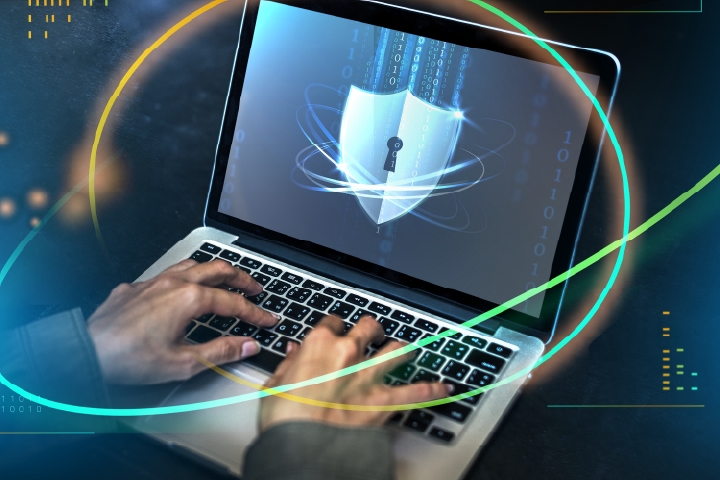VPNs and Encryption in Depth

VPNs and Encryption in Depth
Encryption is the backbone of VPN technology, ensuring that data transmitted between users and networks remains private and secure. However, as technology evolves, particularly with the advent of quantum computing, the resilience of current encryption methods is being tested. In this blog, we’ll explore how quantum computing could impact VPN encryption and delve into the differences between end-to-end and point-to-point encryption models.
Quantum Computing and VPN Encryption
Quantum computing, while still in its infancy, has the potential to revolutionize many fields, including cryptography. Current encryption protocols, such as RSA and ECC, rely on the computational difficulty of certain mathematical problems. Quantum computers, leveraging their ability to perform complex calculations exponentially faster than classical computers, could render these protocols obsolete.
Impact on VPN Encryption Protocols
- Breaking RSA and ECC: Algorithms like Shor’s algorithm could allow quantum computers to break RSA and ECC encryption, compromising the confidentiality of data protected by VPNs.
- Symmetric Encryption: Symmetric encryption methods, such as AES, are more resilient to quantum attacks but may require longer key lengths to maintain security.
Potential Solutions
- Quantum-Resistant Algorithms: Post-quantum cryptography focuses on developing encryption algorithms that are resistant to quantum attacks. These include lattice-based, hash-based, and multivariate polynomial-based schemes.
- Hybrid Cryptographic Systems: Combining classical and quantum-resistant encryption methods can provide a transition path as quantum technology develops.
- Regular Updates: Organizations must adopt a proactive approach to updating their VPN protocols and infrastructure to incorporate quantum-resistant technologies as they become available.
End-to-End vs. Point-to-Point Encryption in VPNs
Encryption models play a crucial role in determining how data is protected during transit. Two common approaches are end-to-end encryption (E2EE) and point-to-point encryption (P2PE). While both serve to secure data, they differ significantly in implementation and use cases.
End-to-End Encryption
- Definition: E2EE ensures that data is encrypted at the source and remains encrypted until it reaches the intended recipient, preventing intermediaries from accessing the plaintext.
- Advantages: Offers superior privacy by protecting data across the entire transmission path. Ideal for applications requiring high levels of confidentiality, such as messaging apps and financial transactions.
- Challenges: E2EE can complicate network monitoring and threat detection, as even trusted intermediaries cannot inspect encrypted data.
Point-to-Point Encryption
- Definition: P2PE encrypts data between two specific points, such as a client device and a VPN server. Once the data reaches the server, it may be decrypted for further processing or routing.
- Advantages: Facilitates network management and security operations by allowing inspection and filtering at intermediary points.
- Challenges: Data is exposed at intermediate points, making it vulnerable to interception or manipulation if those points are compromised.
Choosing the Right Model
- Use Cases: E2EE is suitable for scenarios requiring maximum privacy, while P2PE is better suited for environments where network security and traffic management are priorities.
- Hybrid Approaches: Some systems use a combination of E2EE and P2PE to balance privacy and operational needs.
The intersection of VPNs and encryption is a critical area in cybersecurity. Quantum computing poses significant challenges to current encryption methods, but advancements in quantum-resistant algorithms provide hope for maintaining secure communications. Meanwhile, understanding the differences between end-to-end and point-to-point encryption enables organizations to choose the right model for their needs, balancing privacy and network security. As technology continues to evolve, so too must the strategies and tools we use to protect sensitive data.